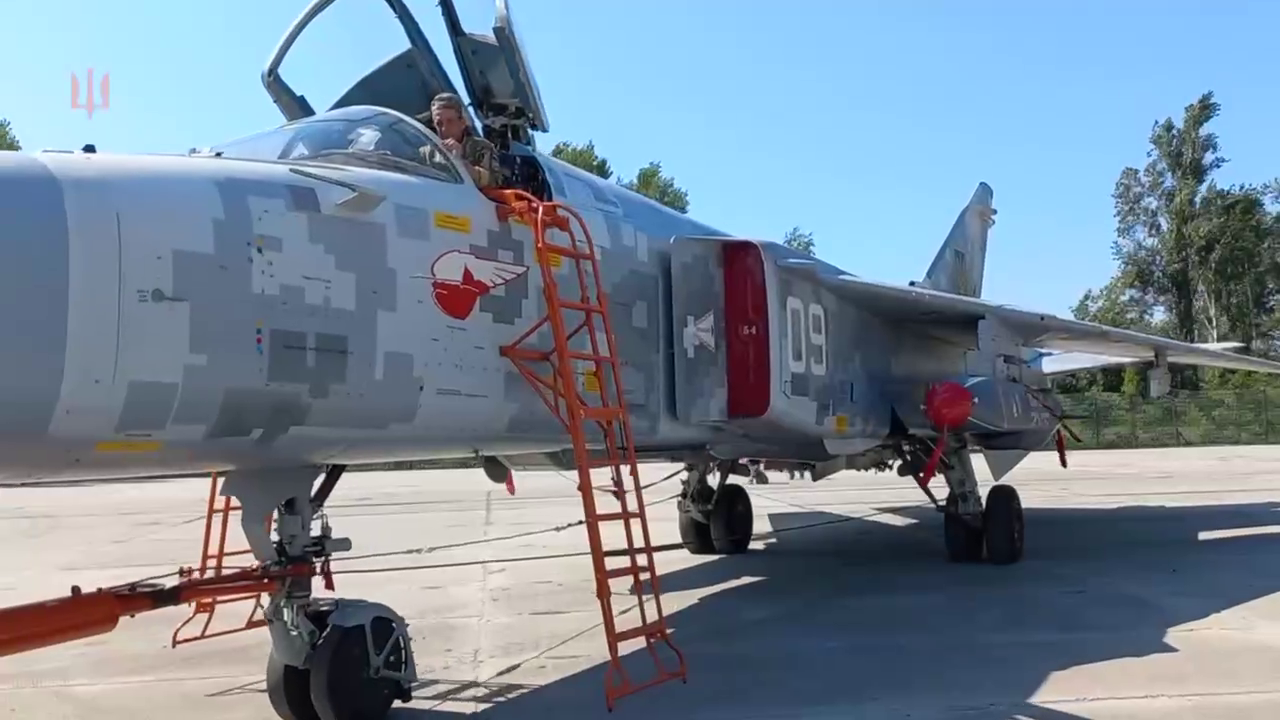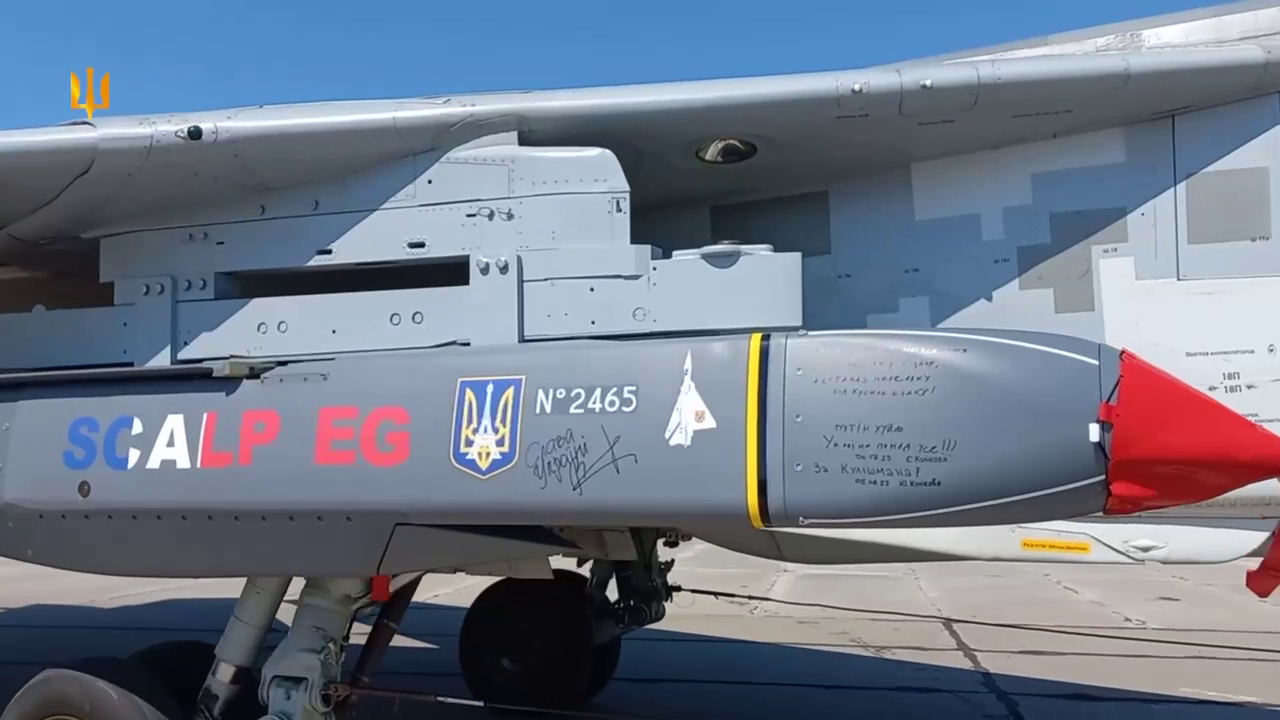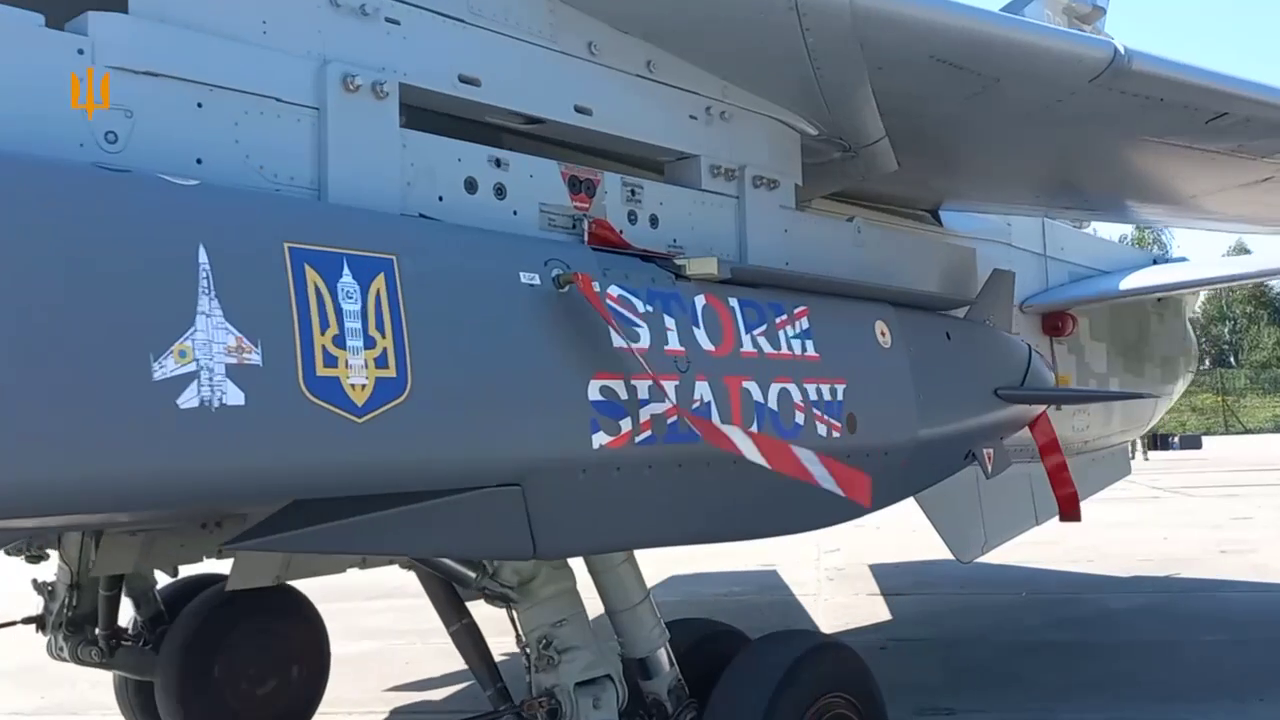Mikor fogy ki a lőszer a hanyatló nyugaton?
Even after sending more than two million 155mm artillery rounds to Ukraine since February 2022, the Pentagon is “comfortable” in the view that it can continue to supply Kyiv with badly needed heavy ammunition while still meeting U.S. requirements, a spokesman told reporters on Thursday. To help meet both countries' demands, the plan is to increase the monthly production of these shells more than threefold by the end of next year.
The United States has dramatically ramped up artillery shell production capacity since the start of Russia’s full-on invasion of Ukraine, Air Force Brig. Gen. Pat Ryder, the Pentagon’s top spokesman, told reporters, including from
The War Zone, Thursday. Production of 155mm artillery rounds went from 14,000 a month in February of 2022 to approximately 24,000 a month now, he said, adding that plans call for even greater increases.
“Currently, we plan to be at over 80,000 [155mm artillery shells] a month over the following year,” he said.
While these stockpiles “are not unlimited, we are comfortable where we're at right now with our stockpiles and we are comfortable that we will be able to continue to work closely with allies and partners around the world on that front,” said Ryder.
In April, Ukrainian parliamentary member Oleksandra Ustinova told the
AP that the country's armed forces were firing between 6,000 and 8,000 155mm shells
every day.
While the U.S. goal now is to produce between 80,000 and 85,000 shells per month by Fiscal Year 2025, challenges exist to reach that objective, a top Army official told reporters earlier this week.
The Army is also investing in “load, assemble and pack capacity, which is filling the shells with explosives, so they now become a functional weapon,” he said. “That capacity expansion is also underway at at least two locations.”
The final piece, he said, “is bringing in additional production either overseas or domestically, for the propellant that actually shoots [the shells] out of the cannon.”
“So all of those things do have to come together,” he said. “There are always risks in that. But I think we're getting the resources, getting on contract, and just working really closely every day with our industry partners, trying to help them knock down barriers to get there.”
“We are having to establish entirely new production lines, for the metal parts, the actual shells themselves,” said Doug Bush, assistant secretary of the Army for acquisition, logistics, and technology.
When it comes to supplying Ukraine, the United States is getting help from its international partners, Bush noted.
"We're working through our allies to help make sure Ukraine is supplied," he said. "So it's not all the United States. And I think that's a success story. You know, the United States is the arsenal of democracy, but we can have multiple arsenals in other democracies, and we have those and they're helping."
In March, European Union members announced their own plan to send one million 155mm artillery shells to Ukraine over the next year. Ukraine has been receiving artillery ammunition of various types from other countries around the world, too.
Those deliveries have included a number of different types of 155mm shells. This includes ones from the United States loaded with controversial cluster munitions known as Dual-Purpose Improved Conventional Munitions (DPICMs), as you can read more about here.
Ukrainian officials had been actively asking for these rounds, which have given them another tool for uprooting dug-in Russian forces occupying vast trench networks and for engaging large enemy formations in open terrain. U.S. officials have also cited stocks of DPICM rounds as just being a ready supply of badly need additional shells for Ukraine.
A graphic offering a general comparison between the effects of a cluster munition artillery round (at left), a unitary high-explosive one with an impact fuze (at center), and with an airburst fuze (at right).
DOD
Ryder was asked on Thursday whether the DPICMs were seen as a “bridge” through 2025 to supply Ukraine while at the same time maintaining U.S. stocks as it ramps up production.
DPICMs, he said, were provided to Ukraine to give its troops “the capability to continue to take the fight to the enemy. We have all indications that they're employing those weapons properly on the battlefield, as they indicated they would. But 155mm [rounds] aside, whatever they need, we're going to continue to work closely to ensure that they have what's necessary to continue to fight and to take back some territory.”
Critics have warned that the individual submunitions in DPICM shells have historically had high failure rates and that unexploded ones could pose hazards to friendly forces and civilians. Ukraine has already provided the Pentagon with a report about the use of controversial American cluster munitions in the fight with Russia, a Ukrainian official told
CNN on Wednesday.
"The official said the information transmitted to the Defense Department included both the number of rounds fired and the number of Russian targets destroyed, though the official declined to say what those figures are,"
CNN reported.
Given the challenges facing both Ukraine on the battlefield and the ability of the U.S. and allies to supply enough ammo for Kyiv and themselves, this is a situation we will continue to monitor closely and update when warranted.

 t.me
t.me

 t.me
t.me

 t.me
t.me


 t.me
t.me

 t.me
t.me


 t.me
t.me






















